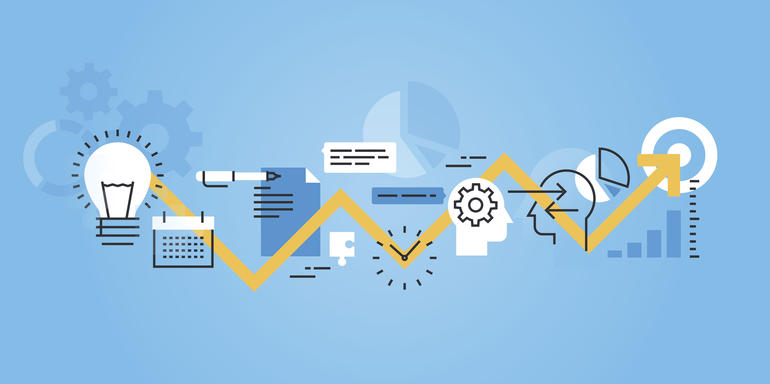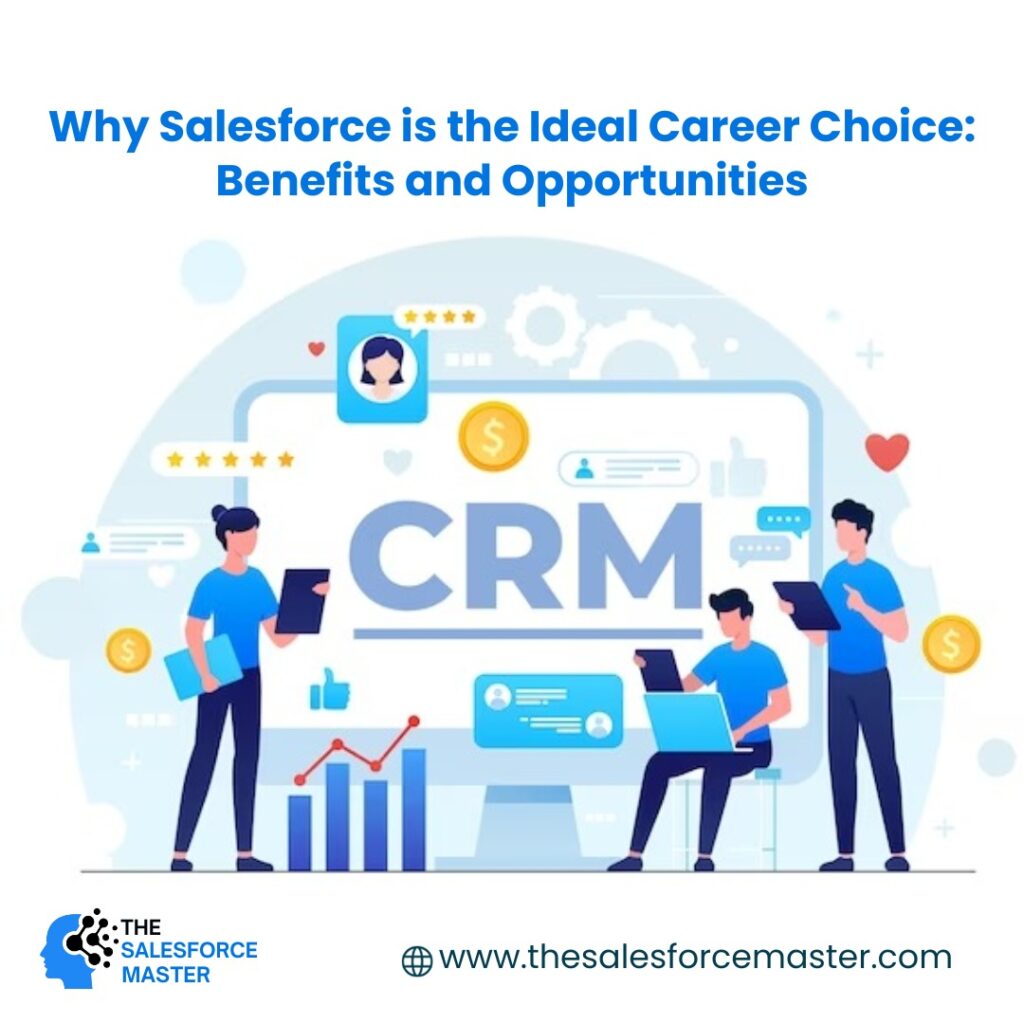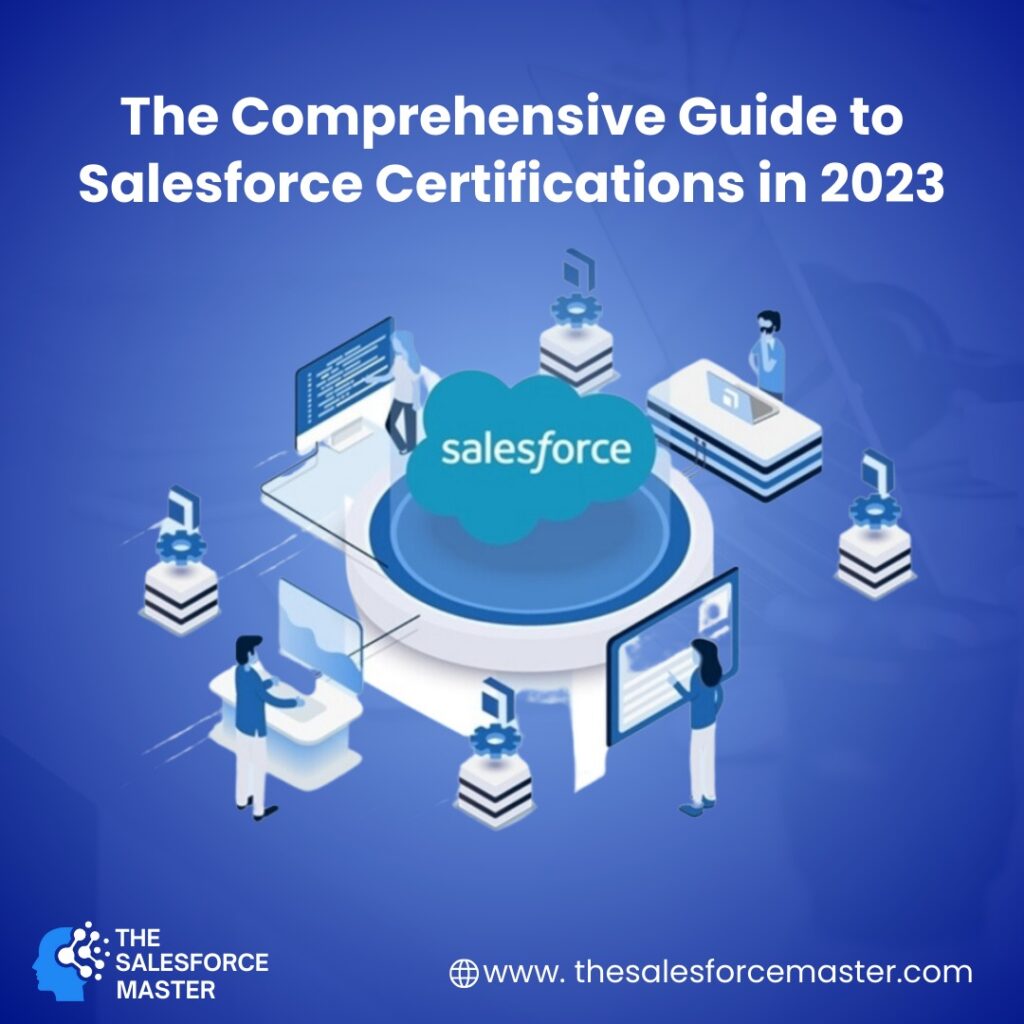Selecting a project management methodology for a Salesforce implementation is a crucial decision, distinguishing between success and lagging performance. Agile and Waterfall methodologies each have their advantages, but making the right choice involves understanding your organization’s culture, goals, and needs. This guide will explore both Agile and Waterfall approaches, offering the insights necessary for a well-informed decision-making process.
Agile vs. Waterfall: What’s the Difference?
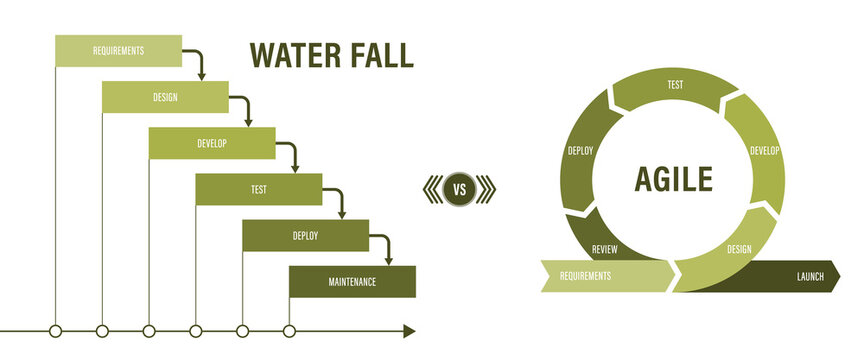
Waterfall and Agile represent two widely adopted methodologies for project organization. Waterfall adheres to a conventional project management approach with a sequential flow, while Agile embraces an iterative process characterized by swift actions and high flexibility.
What is Agile project management?
The agile methodology is specifically crafted for projects that require periodic reassessment of project objectives, timelines, and, in some cases, budgets. Through short, focused periods known as “sprints,” testing or research is conducted, leading to continual re-evaluation of the project’s scope and duration. This re-evaluation takes place at the end of each sprint.
While agile has distinct advantages in the dynamic environment of software development projects, where evolution is inherent in the development process, it’s essential to note that the agile methodology does not adhere to set budget guidelines. On the contrary, the budget scope can fluctuate weekly based on the outcomes of the latest sprint.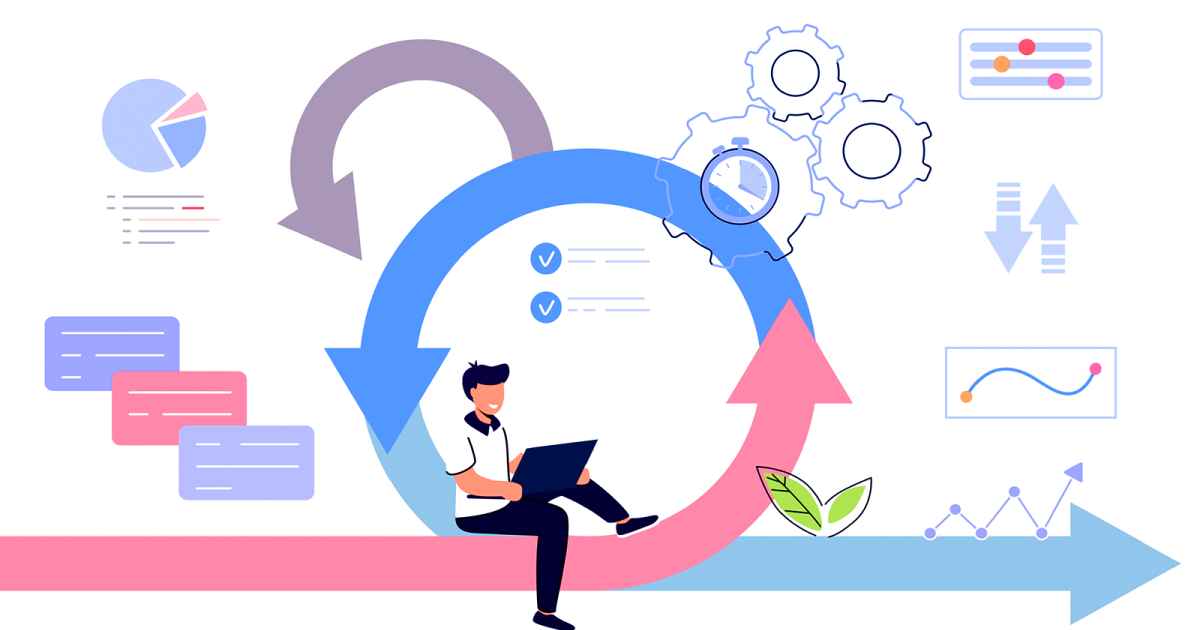 If maintaining a fixed budget is a top priority, exercising caution before approving an agile project is advisable. Nevertheless, with meticulous project management, a reliable development team, and an internal management structure ensuring timely completion of testing and feedback, agile can sometimes—though not always—deliver a more engaged and comprehensive solution than the traditional waterfall model, especially for extended, multi-sprint, and cross-departmental projects.
If maintaining a fixed budget is a top priority, exercising caution before approving an agile project is advisable. Nevertheless, with meticulous project management, a reliable development team, and an internal management structure ensuring timely completion of testing and feedback, agile can sometimes—though not always—deliver a more engaged and comprehensive solution than the traditional waterfall model, especially for extended, multi-sprint, and cross-departmental projects.
What is Waterfall project management?
Alternatively, waterfall methodologies offer a distinct approach to project completion, consisting of eight sequential stages arranged in the following order:
1. Conception
2. Initiation
3. Analysis
4. Design
5. Construction
6. Testing
7. Implementation
8. Maintenance
Each stage’s objectives, established during the planning phase, must be accomplished before progressing to the subsequent stage. Unlike agile methodologies, the overall project goals and budget remain constant throughout the development process, as agreed upon by relevant parties before commencing work. Opting for a waterfall methodology is suitable for projects where a predictable and structured approach is essential.
Salesforce partners frequently adopt waterfall methodologies due to the extensive nature of Salesforce. Implementing waterfall in the initial project phase sets a precedent and work ethic. As methodologies evolve to offer more flexibility or transition to full agility, the emphasis on time frames, budget adherence, and desired outcomes remains fundamental to the process.
Benefits of Using Agile (Scrum) for Salesforce Implementation
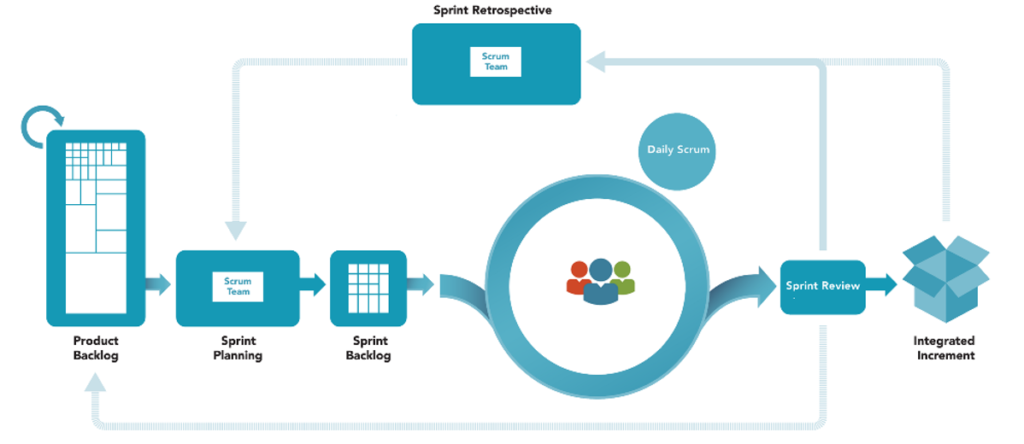
Iterative development:
As facilitated by Scrum’s sprint-based approach, allows for continuous improvement and adaptation. For instance, a company can roll out a new Salesforce feature, collect user feedback, and promptly implement enhancements.
Promoting collaboration and transparency:
Scrum nurtures a culture of teamwork and open communication, ensuring that all stakeholders are on the same page regarding the project’s goals.
The customer-centric nature of Agile ensures that the Salesforce implementation is finely tuned to user needs through constant feedback, ultimately enhancing satisfaction and return on investment.
Potential Challenges (And Their Solutions):
Despite its benefits, implementing Scrum in Salesforce projects comes with challenges. Complexity, for instance, can be addressed by investing in proper training and hiring experienced Scrum Masters. Aligning Agile processes with overall business strategy can be a hurdle, but regular communication, clear documentation, and stakeholder involvement can help overcome this challenge.
In conclusion, Agile, particularly the Scrum framework, provides a dynamic and responsive approach to Salesforce implementation, aligning well with the modern business ethos of adaptability and customer-centricity. However, effective execution requires a well-thought-out strategy and skilled professionals. Successful organizations recognize this and invest in the right resources to fully leverage Agile’s potential in their Salesforce endeavors.
Benefits of Using Waterfall for Salesforce Implementation
1. Sequential Advancement: Waterfall methodology offers a clear and linear progression, marked by easily discernible milestones.
2. Documentation Priority: A strong focus on thorough documentation is maintained throughout each stage of the process.
3. Upfront Cost Savings: The early identification of issues enables prompt problem resolution, contributing to cost reduction in the initial phases.
Potential Challenges and Solutions
Inflexibility: Challenges in adapting to changes. Resolution: Adopting modified waterfall approaches like the Sashimi Model or the Water-Scrum-Fall Model.
Delayed Testing: Conducting tests only towards the conclusion of the process.
Remedy: Introducing extra stages and iterative feedback loops.
In the realm of Salesforce implementation, the Waterfall methodology presents a meticulously organized framework that prioritizes comprehensive documentation and strategic planning. Its well-defined, sequential approach harmonizes effectively with the requirements of esteemed, prosperous, and firmly established organizations, representing a proficient yet costly option for implementing Salesforce.
Summary
Navigating through the complexities of Salesforce implementation requires a thoughtful consideration of methodologies, as their choice can significantly impact the project’s outcome. Agile, with its flexibility and adaptability, offers a dynamic approach, while Waterfall, with its structured precision, provides a clear path for well-defined projects.
Decision-makers are advised to carefully evaluate the characteristics of both methodologies and align them with their organization’s unique needs, culture, and project goals. The choice of methodology should reflect excellence and be a testament to the project’s success.
Share your valuable experiences with Agile and Waterfall in Salesforce implementation in the comments below. Let’s engage in a collective learning experience.
